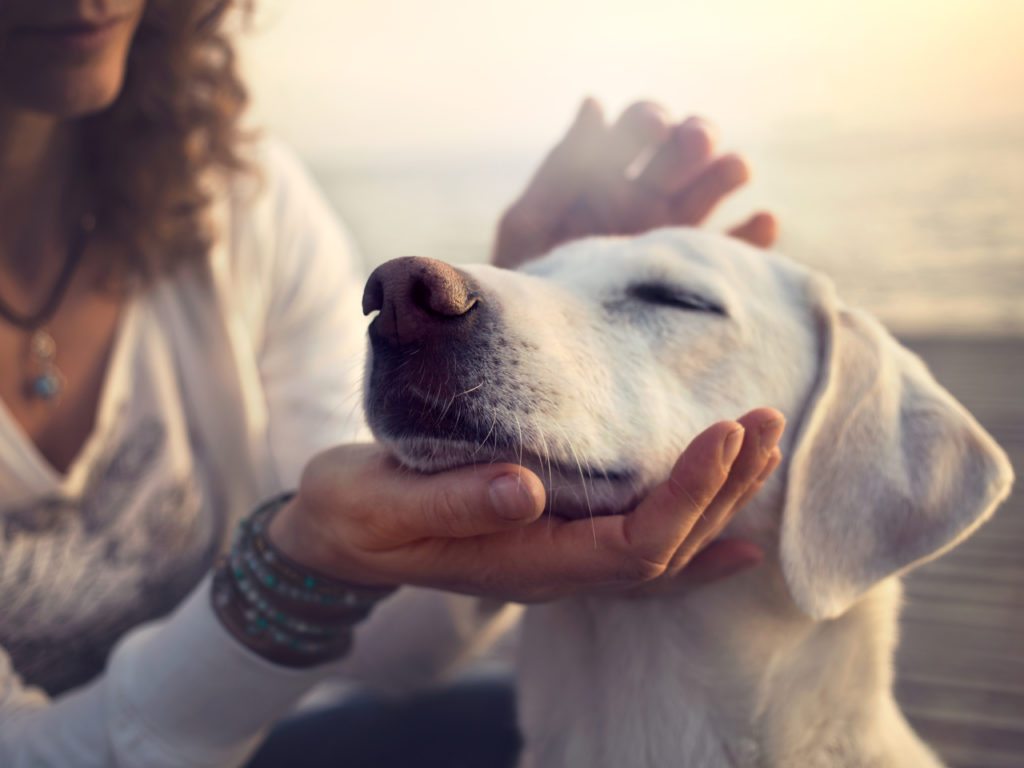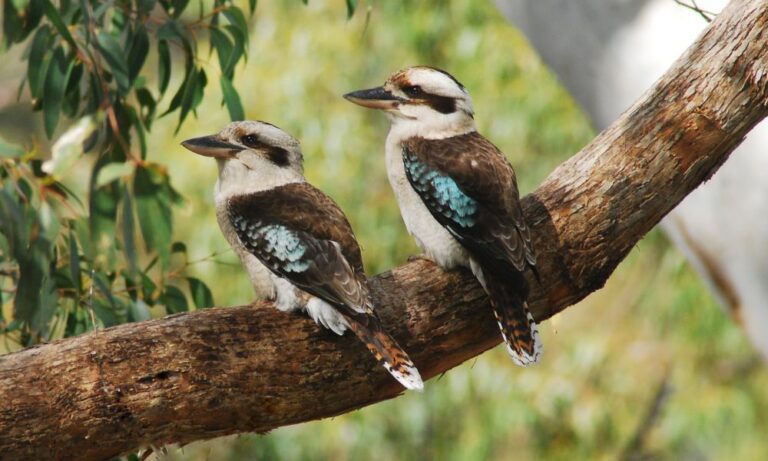Jane Goodall first ventured out into the wilds of Tanzania’s Gombe Stream National Park to observe the behaviour of chimpanzees in 1960, a time when any scientist suggesting animals could think and feel as we do was readily dismissed as ridiculous. For the first few months, the chimpanzees fled every instance when they encountered the patient Goodall, who would watch them quietly with notebook in hand. But slowly, following the lead of an adult male she named David Greybeard, the group began to relax and eventually accepted her into their world.
Goodall would go on to earn a PhD in ethology, the study of animal behaviour, but her early work was disregarded as unscientific, partly because she referred to individual chimpanzees as “he” and “she” rather than “it”. By the late 1960s, however, more biologists began to embark on long-term studies of animal behaviour. “There was increasingly compelling evidence that we are not alone in the universe, that we are not the only creatures with minds capable of love and hate, joy and sorrow, fear and despair; certainly we are not the only animals who experience pain and suffering,” says Goodall.
In his book The Emotional Lives of Animals, animal behaviourist Marc Bekoff says scientific research is validating what we already intuitively understand: “that animals feel, and their emotions are as important to them as ours are to us.” Bekoff, who studied the behaviour of animals ranging from wolves and penguins to fish and birds for three decades, says evidence of animal emotions is impossible to deny. Hundreds of studies have forced scientists to universally agree that the chemical and neurobiological systems are so similar in humans and animals that we all experience the same primary emotions of anger, fear, happiness, sadness and surprise.
Far from encouraging us to become more compassionate towards what we now know are thinking, feeling animals, their similarities make them infinitely useful for experiments of bene t to humans. Mice, for example, are o en used to test drugs created to ease the symptoms of humans with mental disorders. One study found that when mice are bullied or consistently dominated by other mice, they become sad and withdrawn. Further tests concluded these depressed mice could be successfully treated with drugs such as Prozac.
EMOTIONAL BEINGS
According to the Jane Goodall Institute, the DNA of chimpanzees and humans differs by only 1.7% – they are, in fact, more closely related biologically to us than they are to gorillas. Chimpanzees can be contaminated with all known human infectious diseases and researchers are continuing to nd striking similarities to us in behaviour, intellectual capacity and emotions. The real difference between us and them lies in our ability to talk, although they can learn to communicate using more than 300 words via sign language.
Even without the power of language, joy and happiness are easy to spot in many animals. Dolphins chuckle when they’re happy, rats chirp with joy, and when elephants reunite there’s no doubt they’re celebrating: they ap their ears, spin about and greet each other with audible rumbles.
Animals with expressive faces are easier to read, but studies of reptiles, sh and birds experience emotions like the rest of us. Fish, for example, are intelligent, feeling beings able to express preferences; hens love to play and can be moody; and cows are known to frolic with joy, form close bonds, hold grudges, and even sulk. We also know now that many animals feel a secondary range of emotions: compassion, self- awareness, awe, and a sense of right and wrong.
In 2004, at Ocean Beach, near Whangarei, a pod of dolphins circled protectively around a group of swimmers to fend o a great white shark attack, herding them into a small group to do so. In Ethiopia in 2005, three lions rescued a crying 12-year-old girl from a gang of kidnappers, standing guard until help came, and then disappearing back into the forest. “We know numerous animals feel a rich panoply of emotions, some of which, like empathy, require a certain level of conscious thought,” Bekoff says. “Many display a sense of humour, and a few – chimpanzees, dolphins and elephants – have passed tests that show they possess self-awareness.”
Observations of behaviour, combined with investigations that show we share the same amygdala and neurochemical pathways in the limbic system that are important for feelings, reveal animals’ depth of suffering is also remarkably similar to our own. When elephants lose a loved one, for example, they experience the same symptoms as a human suffering from post-traumatic stress disorder. Gorillas are known to hold wakes for their dead loved ones, and baboons seek the comfort of friends after a death in the family.
HUMAN RESPONSIBILITY
The study of animal emotions is now a dynamic and rapidly developing eld of science. This year marked the first issue of a scientific journal dedicated solely to this eld – Animal Sentience. According to its editor-in-chief, Dr Stevan Harnad, a professor of cognitive science at the University of Québec, the fact we know animals feel the same kinds of emotions as we do should lead to a more humane approach of all creatures – in laboratories, on farms, in our midst and in the wild.
“I think the needless hurting and killing of sentient beings [beings able to feel and perceive subjectively] is the greatest moral shame of our species – the only species that has any choice in the matter, and the species that is doing all the needless hurting and killing on a monstrous and still-mounting scale,” Harnad says.
Although there are laws forbidding harm to human beings – and most of us abide by them – animals are not afforded the same levels of protection. There is hope, however. In The Humane Economy, author and Humane Society CEO Wayne Pacelle highlights a revolution taking hold around the world as consumers become more aware of how animals deserve to be treated and businesses act more ethically in response.
In 2016 the Ringling Bros. Circus used elephants in a circus performance for the last time – two years earlier than promised, and following almost a century of elephants being a star attraction. Ringling Bros. had been fined for forcing a sick elephant to perform and would transport elephants by train to more than 100 cities a year – keeping them chained up in boxcars for up to 26 hours at a time between performances. “The company knew that ultimately it was sustaining brand damage by continuing with that form of animal exploitation,” Pacelle explains. “It was a signal moment in the progress of the humane economy, demonstrating that even the most familiar and supposedly benign forms of cruelty can eventually give way to change for the better.”
He also points to the growing number of companies that are proving pro ts and humane treatment of animals can go hand in hand. Whole Foods Market in the US, for example, proactively manages its approach to every animal product sold in its stores. As well as arming customers with the knowledge they need to make ethical choices, the brand also inspired a rating system that helps farmers move away from factory farming and towards more humane, pasture-based systems. Fast-food chain Chipotle has built an enviable reputation for its stance on the ethical treatment of pigs, and numerous big businesses such as McDonald’s, Woolworths and Subway are phasing out caged eggs in favour of free range.
“For those clinging to old, crude ways, there really are no escape routes with an informed citizenry,” Pacelle says. “We’re now close to reaching a tipping point on the intensive confinement of animals on factory farms, the use of animals in cosmetic and chemical testing, the use of wild animals in entertainment and a range of other issues. We’ve got immense challenges ahead, but the progress we’ve witnessed, especially in the last few years, has been extraordinary.”
Pacelle says consumers have the power to influence outcomes for animals by making conscious choices. According to Goodall, awareness is key. “The more people understand that animals … have rich emotional lives and, above all, are capable of suffering – mentally as well as physically – the sooner we may succeed in changing the inappropriate ways in which so many millions of animals are treated.”
Bekoff agrees and says we must continually monitor our interaction with animals. “Part of this reassessment involves asking di cult questions, and making sure our actions match our understandings and beliefs,” he says. “If we wouldn’t do something to our companion animals what we do daily to mice, rats, monkeys, pigs, cows, elephants, chimpanzees or even non-companion cats and dogs, we need to ask ourselves why.”







